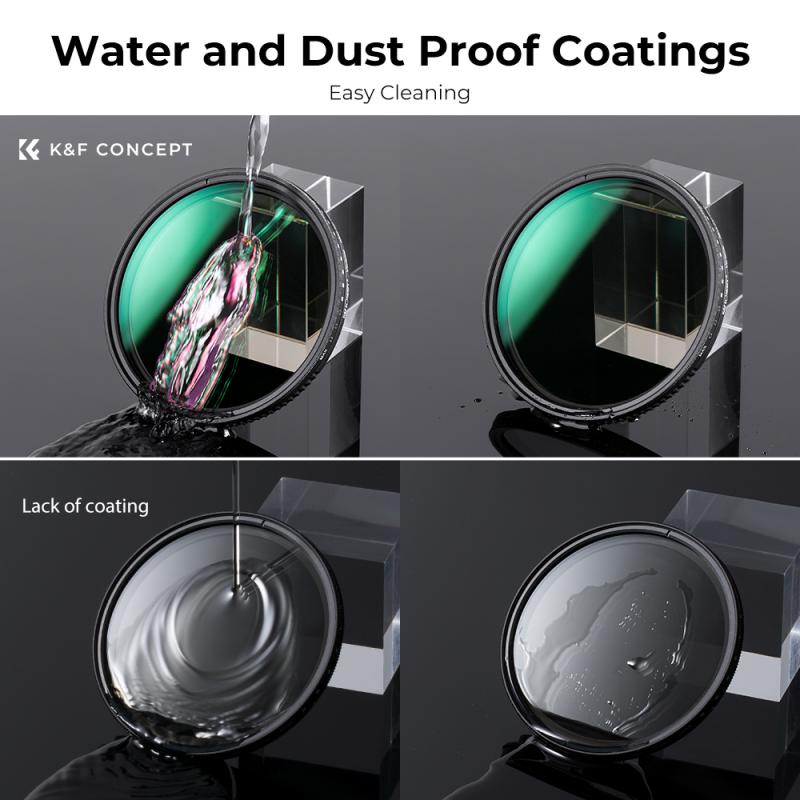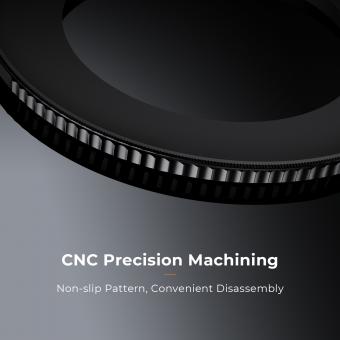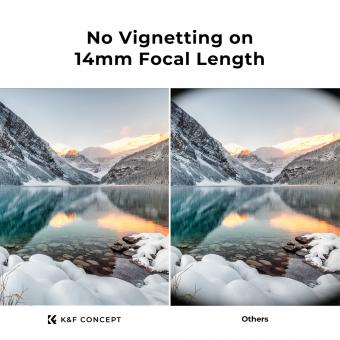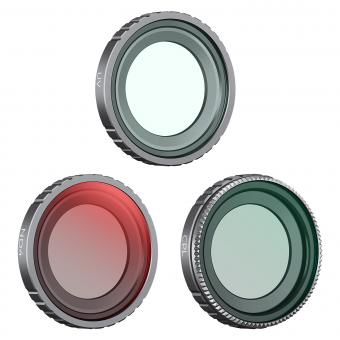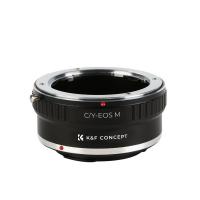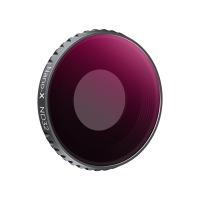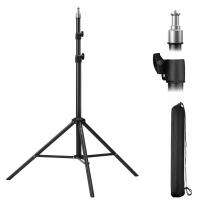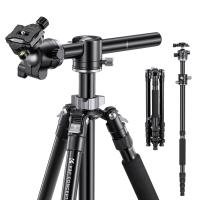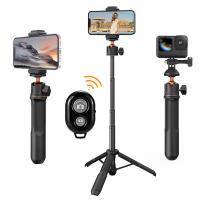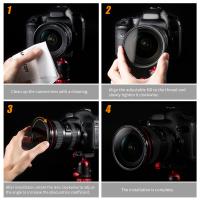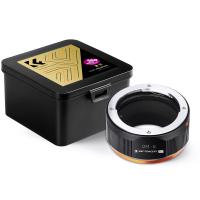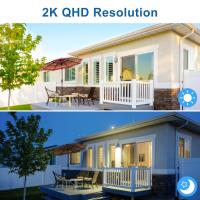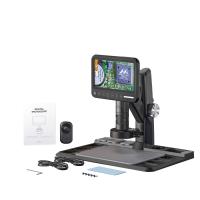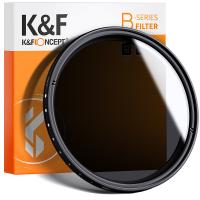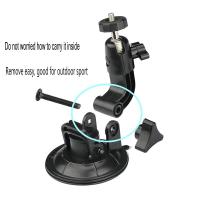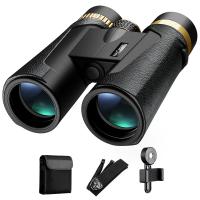What Filters Should I Get For My Camera ?
The filters you should get for your camera depend on the type of photography you are interested in and the specific effects you want to achieve. Some common filters include UV filters, polarizing filters, neutral density filters, and graduated neutral density filters. UV filters are primarily used to protect the camera lens and reduce haze. Polarizing filters help reduce reflections and enhance colors, especially in outdoor photography. Neutral density filters are useful for controlling the amount of light entering the camera, allowing for longer exposures or wider apertures in bright conditions. Graduated neutral density filters are often used in landscape photography to balance exposure between the sky and the foreground. It is recommended to research and experiment with different filters to determine which ones best suit your needs and style of photography.
1、 UV filters for lens protection and reducing haze.
UV filters are a popular choice for camera lens protection and reducing haze. These filters are designed to block ultraviolet light, which can cause a bluish cast in images and potentially damage the lens. By using a UV filter, you can protect your lens from scratches, dust, and other potential hazards.
In terms of lens protection, UV filters act as a barrier between the lens and the outside world. They can prevent dust, moisture, and fingerprints from directly coming into contact with the lens surface. This is particularly useful when shooting in challenging environments such as sandy beaches or dusty landscapes. Additionally, if you accidentally drop your camera or bump it against a hard surface, the UV filter can absorb the impact and potentially save your lens from damage.
Reducing haze is another benefit of UV filters. When shooting in outdoor settings, especially at high altitudes or near bodies of water, atmospheric haze can affect image clarity and color saturation. UV filters help to minimize this haze, resulting in sharper and more vibrant photographs.
However, it is important to note that the use of UV filters can also introduce certain drawbacks. Some photographers argue that adding an extra layer of glass can potentially degrade image quality, especially if you opt for a low-quality filter. Additionally, using a UV filter in low-light situations or when shooting with artificial light sources may cause unwanted reflections or lens flare.
Ultimately, the decision to use a UV filter depends on your specific needs and shooting conditions. If you frequently shoot in challenging environments or want an extra layer of protection for your lens, a UV filter can be a valuable addition to your camera gear. However, if you prioritize image quality above all else, you may want to consider other options or invest in a high-quality UV filter.
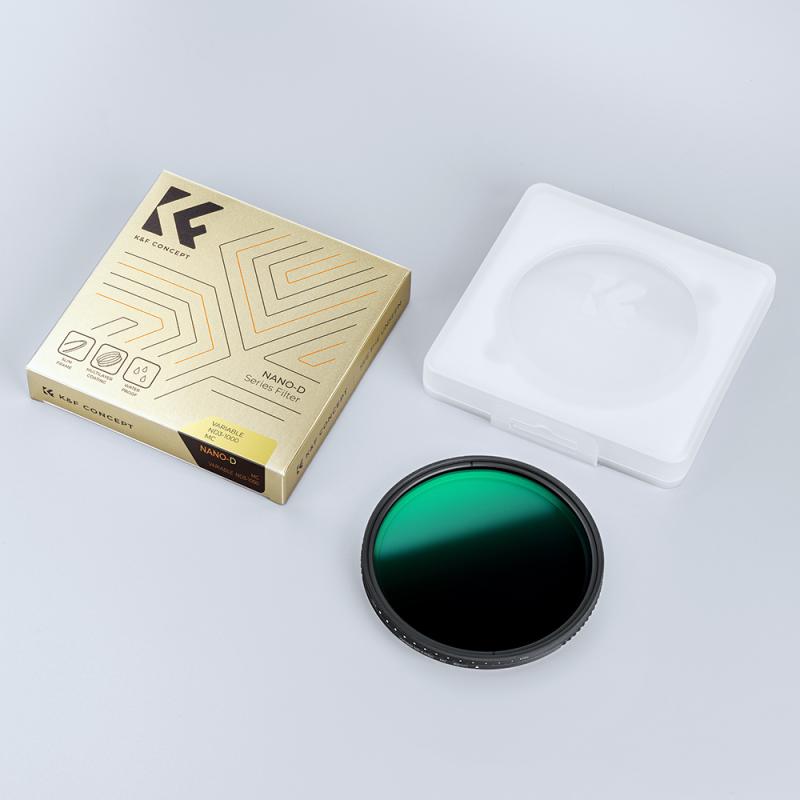
2、 Polarizing filters for reducing glare and enhancing colors.
Polarizing filters are a great addition to any photographer's toolkit. They are designed to reduce glare and enhance colors in your photographs, making them a must-have for outdoor and landscape photography.
When it comes to reducing glare, polarizing filters work by blocking certain light waves that are reflected off non-metallic surfaces such as water, glass, and foliage. This helps to eliminate unwanted reflections and allows you to capture clear and vibrant images. Additionally, polarizing filters can also enhance colors by increasing the saturation and contrast in your photos. This is particularly useful when shooting landscapes, as it can make the sky appear bluer and the foliage more vibrant.
In terms of the latest point of view, polarizing filters have been around for quite some time and their effectiveness has not changed significantly. However, advancements in filter technology have led to the development of high-quality polarizing filters that offer improved optical performance and durability. Some filters now come with multi-coating to reduce reflections and improve light transmission, resulting in sharper and more accurate images.
When choosing a polarizing filter for your camera, it is important to consider the size and thread diameter of your lens. Most filters come in different sizes to fit various lens diameters, so make sure to select the correct size for your specific lens. Additionally, it is recommended to invest in a high-quality filter from a reputable brand to ensure optimal performance and durability.
Overall, polarizing filters are a valuable tool for photographers looking to reduce glare and enhance colors in their images. They can greatly improve the quality of your outdoor and landscape photographs, making them a worthwhile investment for any camera.
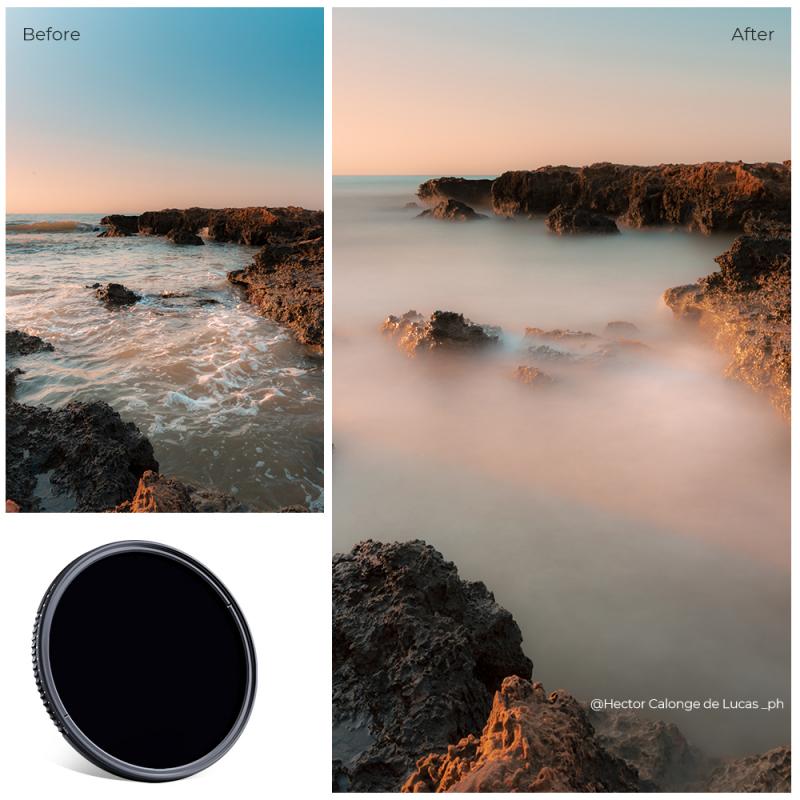
3、 Neutral density filters for controlling exposure in bright conditions.
Neutral density filters are an essential tool for photographers looking to control exposure in bright conditions. These filters are designed to reduce the amount of light entering the camera without affecting the color or contrast of the image. By doing so, they allow photographers to use wider apertures or slower shutter speeds, even in bright sunlight, resulting in creative effects and better control over the final image.
When choosing neutral density filters for your camera, it's important to consider a few factors. Firstly, determine the strength of the filter you need. Neutral density filters come in various densities, usually measured in stops. The higher the density, the more light it blocks. It's advisable to have a range of filters with different densities to suit different lighting conditions and creative needs.
Additionally, consider the size of the filter. Ensure that the filter you choose is compatible with your camera's lens diameter. Many filters come in standard sizes, but it's always a good idea to double-check before making a purchase.
As for the latest point of view, advancements in filter technology have led to the development of variable neutral density filters. These filters allow you to adjust the density by rotating the filter, providing greater flexibility in controlling exposure. They are particularly useful in situations where lighting conditions change rapidly, such as during outdoor shoots or when shooting moving subjects.
In conclusion, neutral density filters are a valuable addition to any photographer's toolkit. They offer control over exposure in bright conditions, allowing for creative effects and improved image quality. Consider the strength and size of the filter you need, and explore the latest advancements in variable neutral density filters for added flexibility.
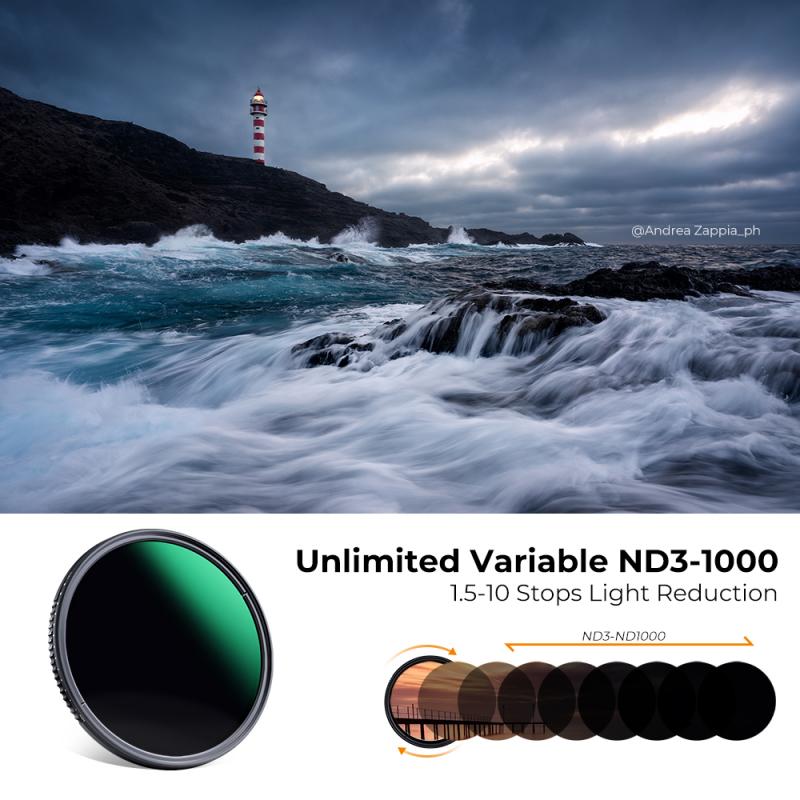
4、 Graduated neutral density filters for balancing exposure in landscapes.
Graduated neutral density filters are an excellent choice for balancing exposure in landscape photography. These filters are specifically designed to darken the bright areas of a scene, such as the sky, while keeping the foreground properly exposed. By doing so, they help to capture a more balanced and evenly exposed image.
When it comes to choosing the right filters for your camera, there are a few factors to consider. Firstly, you'll need to determine the size of the filter that fits your lens. Most filters come in various sizes, so make sure to check the diameter of your lens before purchasing.
In terms of the type of graduated neutral density filter, there are several options available. The most common ones are rectangular filters that can be attached to a filter holder system. These allow for more flexibility in positioning the filter and adjusting the transition between the dark and clear areas.
Another option is a screw-on filter, which is more convenient and easier to use, especially for beginners. These filters have a gradient that gradually transitions from dark to clear, allowing you to position the dark part over the bright area of the scene.
It's worth noting that some photographers prefer using digital techniques, such as exposure blending or HDR (High Dynamic Range) imaging, to achieve similar results without the need for physical filters. These techniques involve capturing multiple exposures and blending them together in post-processing software.
Ultimately, the choice between using physical filters or digital techniques depends on personal preference and the specific requirements of the scene. However, graduated neutral density filters remain a popular and effective tool for landscape photographers, providing a practical and straightforward solution for balancing exposure in challenging lighting conditions.
